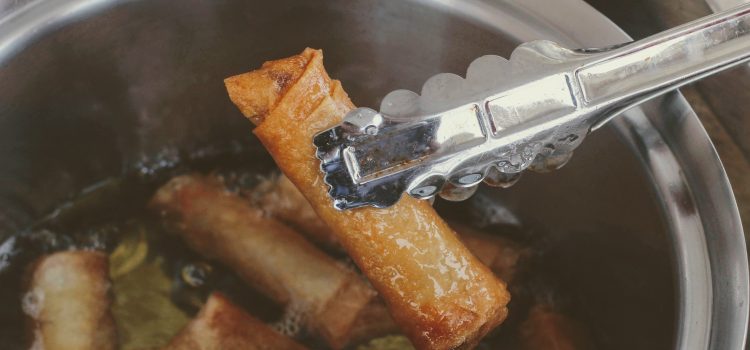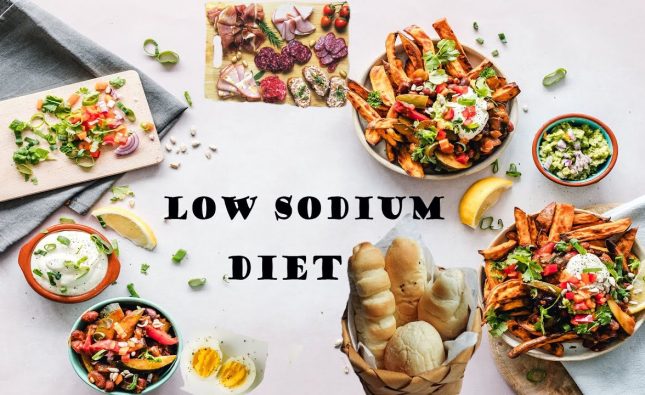
Are you tired of eating bland, lifeless food? Do you want to add more depth and complexity to your dishes? Look no further than browning! Browning is a cooking process that enhances the flavor and texture of meats, vegetables, and even desserts. It’s not just about turning up the heat and letting things cook; there are specific techniques to master for optimal results. In this blog post, we’ll explore six tips for browning your food like a pro so that every bite is bursting with flavor. Get ready to take your culinary skills up a notch!
Understand the Difference Between Caramelization and Browning
Browning and caramelization are two cooking processes that often get confused. While they may sound similar, they are distinct methods of enhancing the flavor and texture of food.
Browning occurs when proteins in meat or vegetables react with heat to form a crispy, golden-brown crust. This process is essential for creating flavorful dishes like pan-seared steak or roasted chicken.
Caramelization, on the other hand, happens when sugars break down under high heat to create a rich brown color and nutty flavor. It’s responsible for delicious desserts like crème brûlée or caramelized apples.
While both browning and caramelization involve applying heat to food, they occur at different temperatures and produce unique results. Understanding these differences will help you become a better cook by knowing which technique to use for each dish.
In summary, browning creates savory flavors while caramelization produces sweet ones. Mastering both techniques will take your cooking skills to new heights!
Tips for Getting Started with Browning
Browning is a cooking technique that involves heating food at high temperatures until it turns golden brown. This process enhances the flavor and texture of your dishes, making them more delicious than ever before. But if you’re new to browning, here are some tips to help you get started.
Firstly, make sure your pan is hot enough before adding any ingredients. You can test this by sprinkling water onto the surface – if it sizzles immediately, then you’re good to go.
Next, use oil with a high smoke point such as vegetable or peanut oil to prevent burning and ensure even browning. It’s also important not to overcrowd the pan as this will cause the temperature to drop and result in steaming instead of browning.
When it comes to seasoning your food for browning, keep it simple with salt and pepper or add other complementary spices like cumin or paprika for extra flavor. For meat specifically, patting dry with paper towels beforehand will help achieve an even sear.
Don’t be afraid of trying different techniques when browning – from sautéing vegetables in garlic butter to roasting meats under a broiler. Browning takes practice but once mastered can elevate any dish from ordinary to extraordinary!
How to Prevent Your Food from Burning
Burning your food is one of the biggest fears when it comes to browning, but with a few tips and tricks, you can easily prevent this from happening. The first step is to ensure that your pan or pot isn’t too hot. If it starts smoking, then it’s too hot and you should remove it from heat.
Another way to prevent burning is by using oil or butter in moderation. Too much oil can cause flare-ups and increase the risk of burning. Instead, use just enough oil or butter to coat the bottom of the pan/pot.
Next, always keep an eye on your food while cooking. Don’t walk away for long periods as things can change quickly depending on what you’re cooking.
If you notice that your food is starting to burn despite all efforts so far, try reducing the heat slightly or adding some liquid (e.g., broth) into the mix. This will help cool down everything and create a more even cook.
Consider investing in high-quality cookware that distributes heat evenly across its surface area – this will make a big difference in preventing burning altogether!
How to Safely Roast a Turkey or Chicken
Roasting a turkey or chicken is a classic way to bring out the best flavors of poultry. However, it can also be intimidating for many home cooks who worry about undercooked meat or dryness. Here are some tips to safely roast poultry and achieve juicy, flavorful results.
Start by preparing your bird properly. Rinse it thoroughly inside and out with cold water and then pat it completely dry with paper towels. Rub the skin with oil or butter and season generously with salt, pepper, herbs, garlic, lemon zest or any other spices you prefer.
Next, decide whether you’ll stuff your bird before roasting it or not. If you choose to stuff it, make sure that the stuffing is cooked separately first before packing it into the cavity of your turkey or chicken.
Before roasting your bird in the oven at 325 degrees Fahrenheit (165°C), place a meat thermometer into its thickest part without touching bone for an accurate reading on doneness later on.
Baste your bird every 30 minutes with pan juices mixed with melted butter or extra-virgin olive oil until fully cooked – typically around 15 minutes per pound – until its internal temperature reaches at least 165°F (74°C).
Let your turkey rest covered in foil for about 20-30 minutes after removing from the oven to lock in moisture before carving and serving!
Tips for Making Perfect Braised Beef or Pork
Braising is a cooking method that involves slow-cooking meat in liquid until it becomes tender and flavorful. Perfectly braised beef or pork can be a delicious addition to any meal, but it requires some skill and patience to get right. Here are some tips for making your braised meats turn out perfectly every time.
Firstly, choose the right cut of meat. Tough cuts like chuck roast or pork shoulder are perfect for braising because they contain lots of connective tissue that breaks down during the slow cooking process resulting in tender meat.
Secondly, sear the meat before braising it. Searing creates a crust on the surface of the meat that adds flavor and texture to your dish.
Thirdly, don’t overcrowd your pot when braising. The pieces of meat should have enough space between them so they can cook evenly without touching one another.
Fourthly, use aromatics such as onions, garlic and herbs to add extra flavor to your braise. These ingredients infuse into the liquid and create an incredibly rich sauce.
Fifthly, ensure you maintain a low simmer throughout cooking by adjusting heat accordingly; this will prevent evaporation whilst also ensuring consistent temperature control throughout which leads us onto our final tip…
Lastly keep checking-in occasionally! You’ll want to check on your dish periodically–every 30 minutes or so–to make sure everything is going smoothly since different cuts require different lengths of time for optimal results
How to Make Crispy Fried Foods
With these six tips for browning your food, you’re sure to add more flavor and texture to every dish. Whether you’re roasting a turkey or frying up some chicken, understanding the principles of caramelization and browning can take your cooking skills to the next level.
When it comes to making crispy fried foods, there are a few additional steps that you should keep in mind. First off, make sure your oil is hot enough before adding any ingredients. This will help prevent sticking and ensure that everything gets cooked evenly.
Next, be sure to dry off any excess moisture from your ingredients before frying them up – this will also help prevent sticking and promote even cooking. And finally, don’t overcrowd the pan – this can cause the temperature of the oil to drop too quickly, resulting in soggy or unevenly cooked food.
By following these simple tips for browning and frying your food, you’ll be able to create delicious dishes with amazing textures and flavors. So why wait? Start experimenting with different techniques today!










